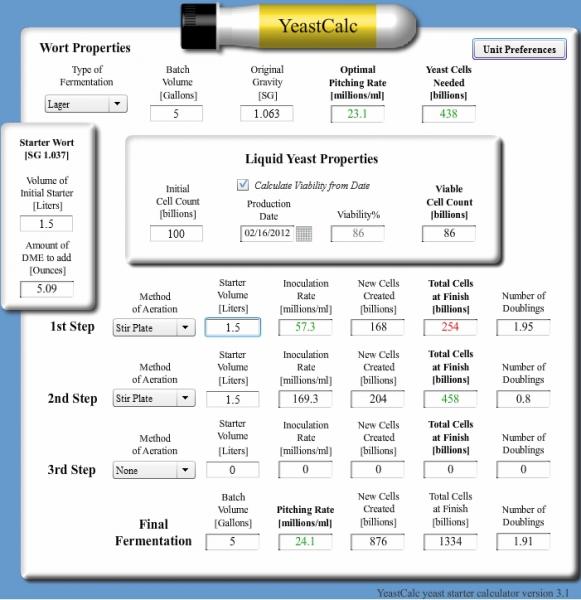Thumbs71
Well-Known Member
I'm getting ready to get my supplies ordered up for my Oktoberfest, but I need some clarification on making my yeast starter. I'm looking at the Midwest Supplies Oktoberfest Extract kit. Mr Malty says that with a 1.064 OG, 2 week old yeast (87% viability), and using a stir plate that I need a 1.42 gallon starter. So, does this mean that I literally need to make 1.42 gallons of wort for the starter?


































![Craft A Brew - Safale S-04 Dry Yeast - Fermentis - English Ale Dry Yeast - For English and American Ales and Hard Apple Ciders - Ingredients for Home Brewing - Beer Making Supplies - [1 Pack]](https://m.media-amazon.com/images/I/41fVGNh6JfL._SL500_.jpg)

























